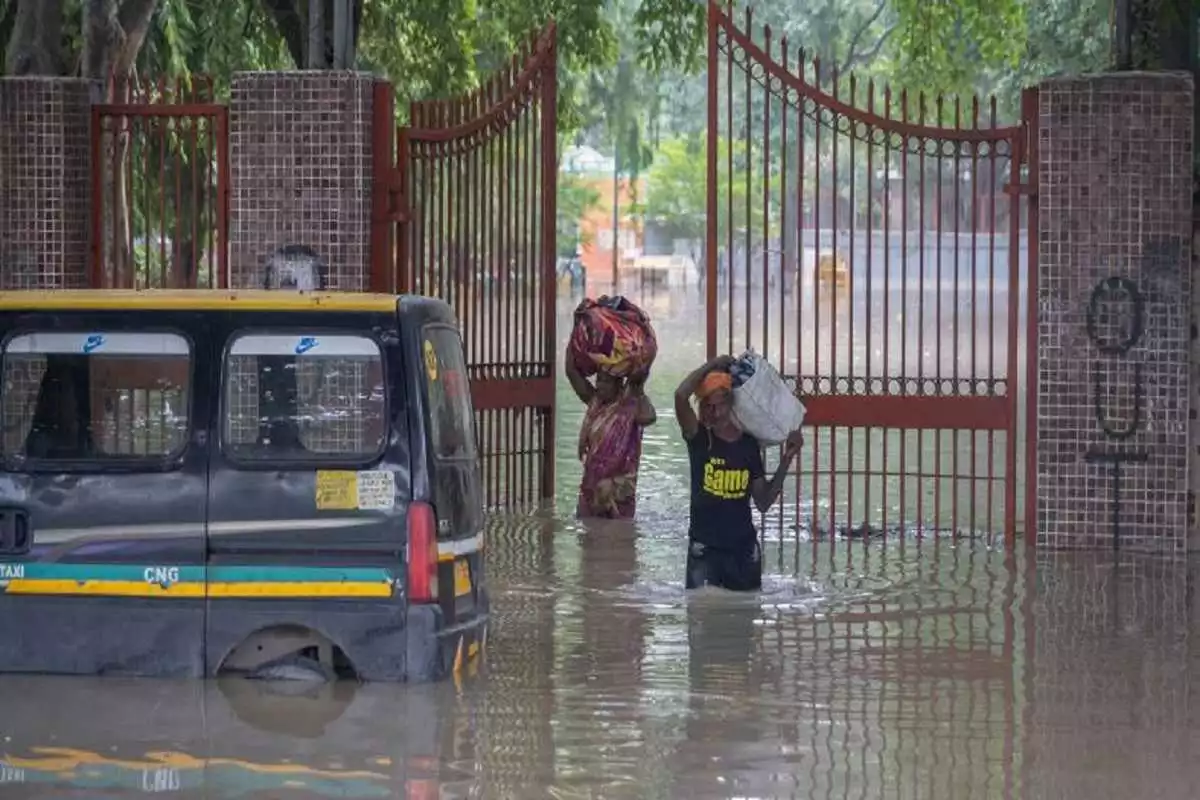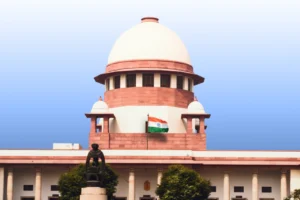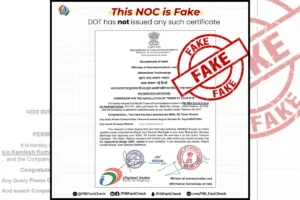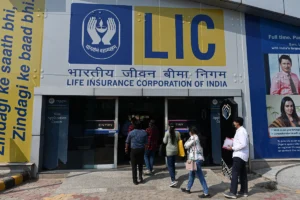
Delhi’s Yamuna River, which swallowed up significant portions of the city in a monsoon flood, is still running, and officials are gravely concerned about the situation’s escalation, its wide-ranging effects, and a potential repetition.
Atishi Marlena reacts to the current situation in Delhi
The river has widened to a record 208.66 meters, breaking the old record of 207.49 meters set in 1978. Widespread destruction is being caused by flooding and landslides, which are already frequent during India’s monsoon season. Climate change is thought to be a component that is exacerbating its impact.
Atishi claims that the municipal government was negligent and mismanaged the current situation by failing to prioritize installing a proper drainage system for the more than 2 crore residents of the city.
What Atishi has to say on the floods in Delhi
“The lessons are higher up,” she remarked, appearing to criticize states like Haryana that have had to release extra water due to severe rain upstream as well as a larger emphasis on addressing climate change. She emphasized the need to comprehend weather patterns and river flow as well as the need to find solutions for entire river basins.
Atishi emphasized that, in spite of local efforts to protect the city and evacuate residents, the flooding was actually the result of significant rainfall upstream rather than local rain. She claimed that climate change was definitely to blame for the extreme rainfall.
Also read: Yamuna Water Levels Drop Marginally, Floodwaters Reach Supreme Court Entrance
Logging is a major problem
After the floodwaters subside, a potential health emergency will be the main issue to deal with in the midst of the crisis. The Delhi minister forewarned that “diseases will be the next big worry,” noting the rise in waterborne illnesses following flooding as evidence.
In response to this threat, Atishi declared that they would put cleaning the streets and emphasizing health, hygiene, and sanitation as their top objectives. She added that authorities are also putting together a strategy to educate the public about illnesses like cholera and typhoid, which frequently follow floods.
To read more such news, download Bharat Express news apps






















